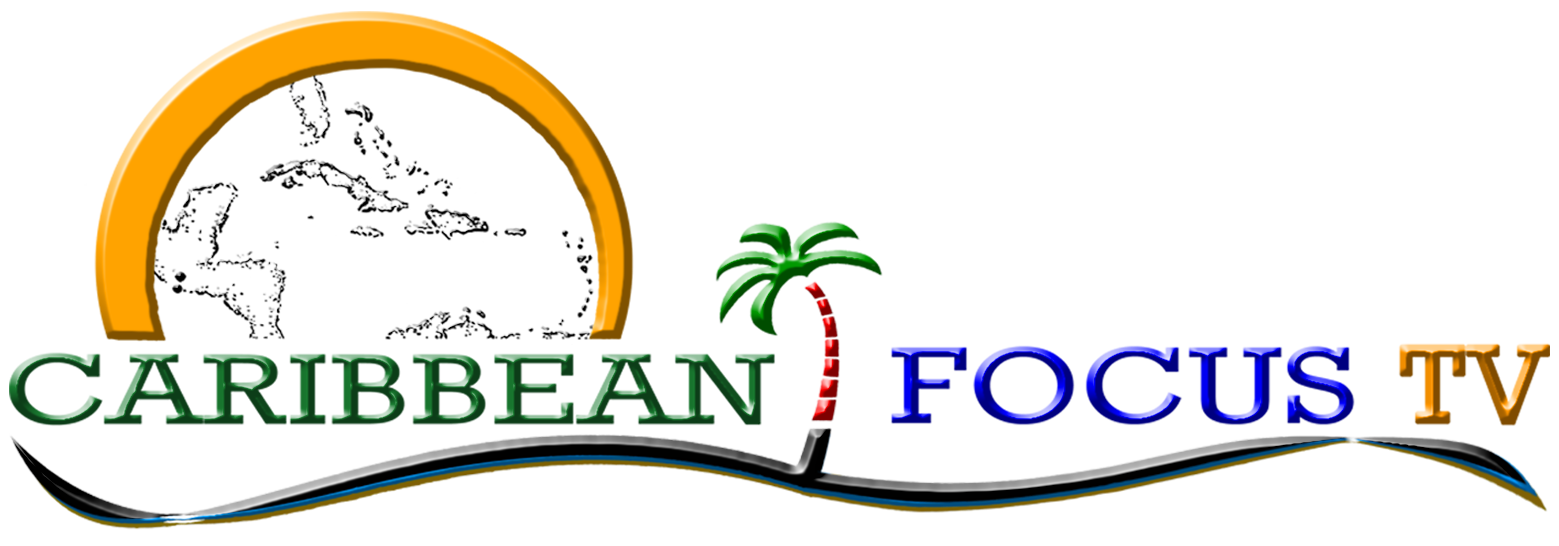Trinidad and Tobago

- Location: Trinidad and Tobago is located in the southern Caribbean Sea, just off the northeastern coast of South America.
- Size and Population: Trinidad and Tobago consists of two main islands: Trinidad, the larger and more populous island, and Tobago, the smaller and less populous island. The total land area is approximately 5,131 square kilometers (1,981 square miles), and the population is around 1.4 million people.
- Capital: Port of Spain is the capital and largest city of Trinidad and Tobago. It is located on the northwest coast of Trinidad and serves as the administrative, economic, and cultural center of the country.
- Geography: Trinidad is characterized by its flat plains, rolling hills, and central mountain range. Tobago, on the other hand, is more mountainous and has a rugged coastline. Both islands are known for their lush tropical vegetation, beautiful beaches, and coral reefs.
- History: Trinidad and Tobago were originally inhabited by the indigenous Arawak and Carib peoples before being colonized by the Europeans. The islands were first settled by the Spanish in the 16th century and later became a British colony. Trinidad and Tobago gained independence from Britain in 1962 and became a republic in 1976.
- Government: Trinidad and Tobago is a parliamentary democracy with a president as the head of state and a prime minister as the head of government. The country operates under a system of representative democracy and is divided into 14 regional corporations and municipalities.
- Economy: The economy of Trinidad and Tobago is based on oil and gas production, petrochemicals, and tourism. The country is one of the leading producers of oil and natural gas in the Caribbean region. Tourism is also an important industry, with visitors drawn to the islands’ natural beauty, cultural attractions, and annual festivals.
- Culture: Trinidad and Tobago is known for its diverse and vibrant culture, influenced by African, Indian, European, and indigenous traditions. Music, dance, and festivals such as Carnival are important aspects of Trinidadian and Tobagonian culture. Calypso, soca, and steelpan music originated in Trinidad and Tobago and are popular both locally and internationally.
- Language: English is the official language of Trinidad and Tobago and is widely spoken throughout the islands. Trinidad and Tobago also has a diverse linguistic landscape, with other languages such as Trinidadian Creole English, Trinidadian Hindustani, and Tobagonian Creole English spoken by segments of the population.
- Natural Beauty: Trinidad and Tobago are known for their stunning natural landscapes, including lush rainforests, waterfalls, beaches, and coral reefs. The islands offer a range of outdoor activities such as hiking, bird-watching, snorkeling, and diving.
- These facts provide an overview of Trinidad and Tobago’s geography, history, government, economy, culture, and natural attractions.
